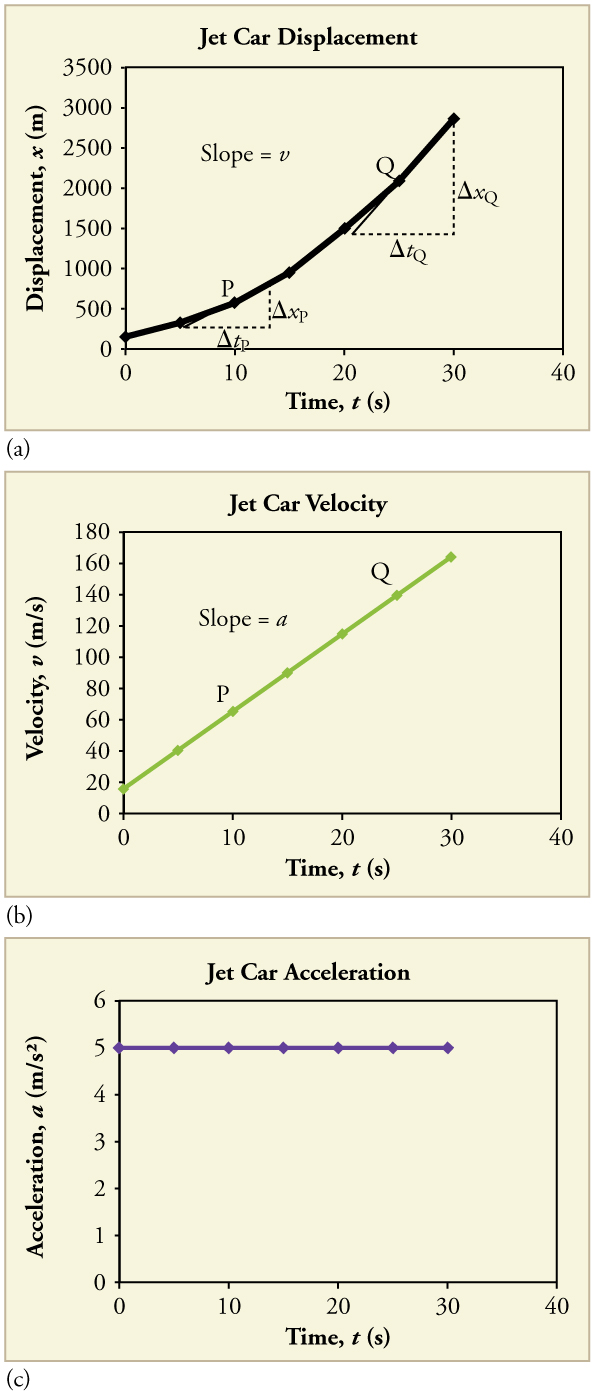

However, only a narrow range of circle sizes were analyzed, so additional data should be taken to investigate whether the constant ratio hypothesis applies to very large and very small circles.

These results support commonly accepted geometrical theory which states that C = π D for all circles. Graphical analysis lead to a less precise but equivalent estimate of 3.15 ± 0.11 for this same ratio. Numerical analysis of these circular objects yielded the unitless C/D ratio of 3.14 ± 0.03, which is essentially constant and equal to π. Vernier calipers were used to measure the diameter of each object, and a piece of paper was wrapped around each cylinder to deterimine its circumference. We measured the circumference and diameter of five circular objects ranging from 2 cm to 7 cm in diameter.

In this investigation, we examined the hypothesis that the circumference (C) and diameter (D) of a circle are directly proportional. Sample Lab Report: Experimental Investigation of C/D Abstract
Graphical analysis physics how to#
Note: As the semester progresses, you will be expected to take more and more responsibility for deciding how to analyze your data. Some helpful hints for taking and recording data are in the lab tips and in the grading rubric. Make sure you record what you do as you do it, so that the procedure section of your report accurately and completely reflects what you did. Hypothesis: The circumference (C) of a circle is directly proportional to its diameter (D).

This activity is an introduction to physics laboratory investigations. Introduction: How is the circumference of a circle related to its diameter? In this lab, you design an experiment to test a hypothesis about the geometry of circles. \) below represent the motion of the jet-powered car as it accelerates toward its top speed, but only during the time when its acceleration is constant.How to Write a Good Lab Report Sample Lab Instruction Experimental Investigation of C/D


 0 kommentar(er)
0 kommentar(er)
